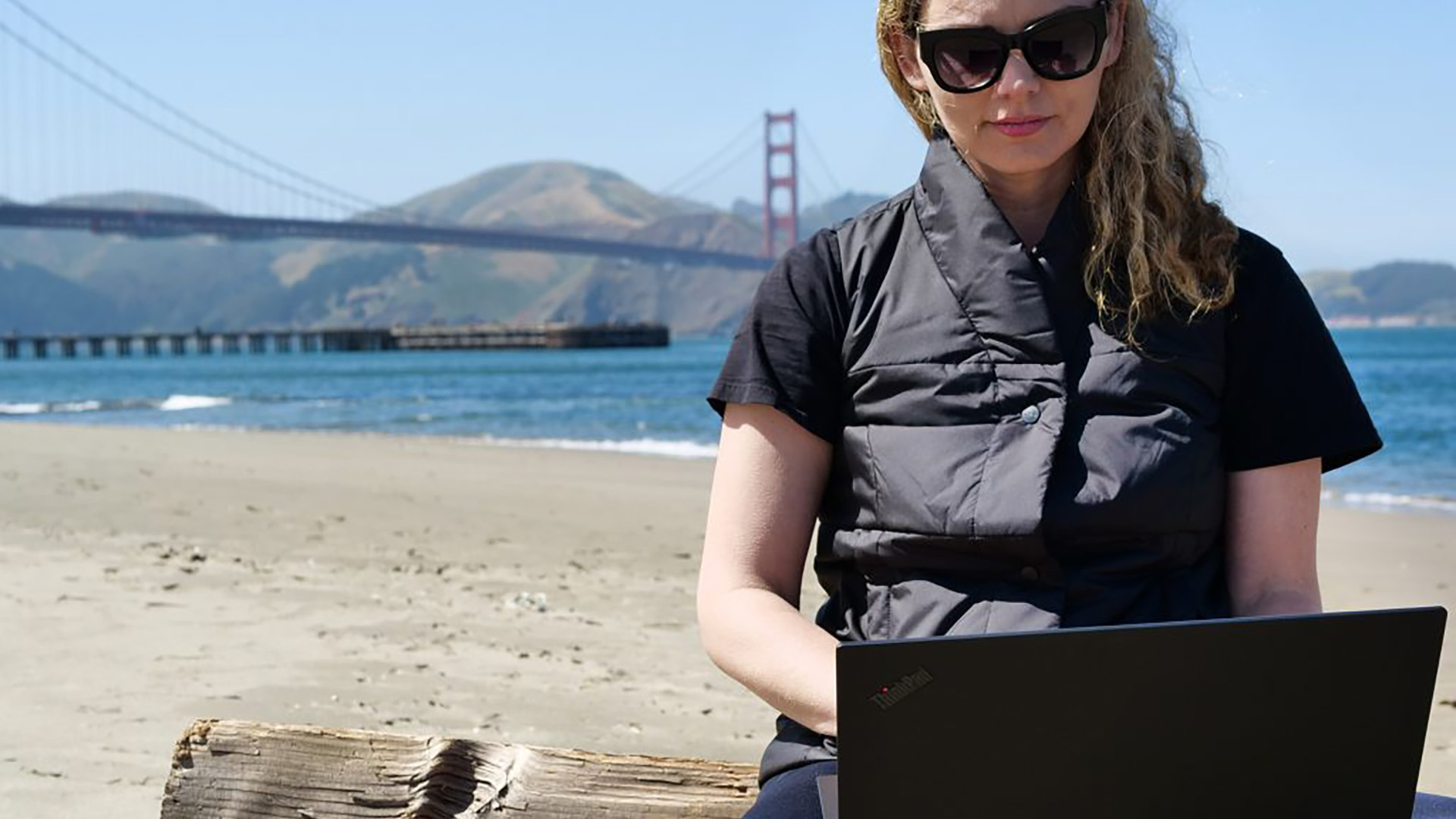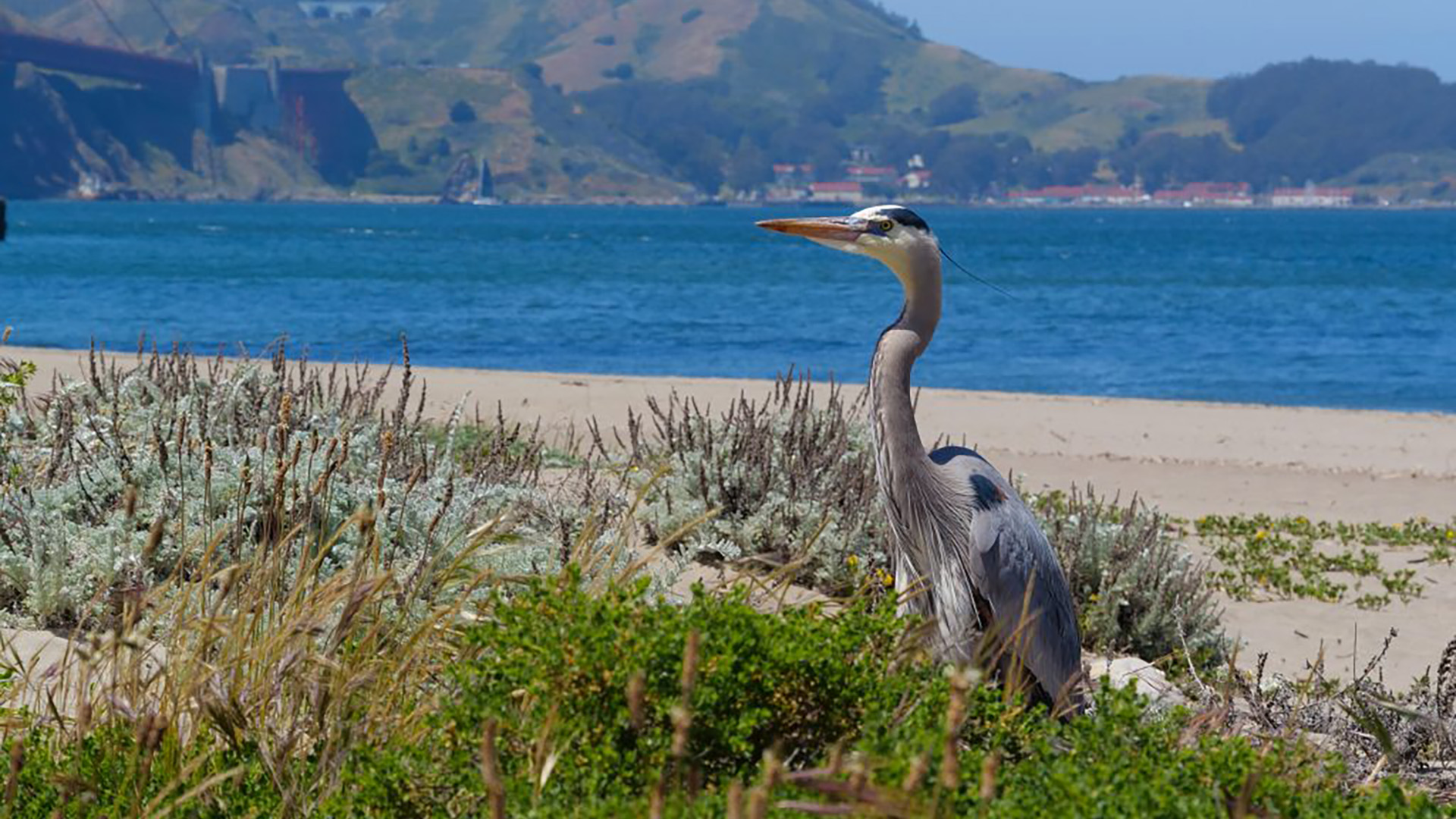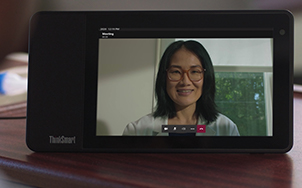Saving coral reefs through virtual dives
Earth’s oceans are so vast as to seem incomprehensible. The original home for all life on earth and host to countless essential ecosystems, their waters dominate our blue planet. Yet mystery shrouds the ocean depths and many of us live comfortably removed from the ecological tragedies unfolding beneath the surface.
Others, like Erika Woolsey, literally dive into the endangered deep, striving to expose its current plight and the possibility of restoration.
Woolsey, a marine biologist and Ocean Design Fellow at Stanford University, grew up in the San Francisco Bay area and fell in love with the water at a young age.
“I remember going tide-pooling as a little kid and being amazed by all the little critters crawling around near the sea-- seeing marine mammals like sea lions and seals and harbor porpoises and seabirds, and just really feeling connected to it,” Woolsey said.
That relationship deepened in step with her education and dives around the world, which led her to encounter reefs “like no other world [she] could have imagined.” But this reverence and wonder were soon joined by concern as Woolsey explored reefs in the Maldives, Palau, Japan, and elsewhere. She described the staggering emotional experience of visiting devastated reefs as like exploring the ruins of ancient cities. Catastrophic global bleaching events, in which coral loses both life and color, raised the sense of urgency as more than half the coral on earth died.
So, Woolsey launched the Hydrous, a non-profit dedicated in large part to preserving the ocean and telling its stories. A belief that preservation follows passion shapes the Hydrous mission. The more people know and love the ocean, the more likely they are to care for it.
FEATURED SOLUTIONS
“The Hydrous began as a community of other marine scientists, of designers, educators, photographers, and people who just love the ocean,” she said. “Our goal was to share ocean environments that are threatened by human disturbances as well as anthropogenic climate change.”
But how does one bring the powerful, immersive experience of diving on coral reefs to people around the world? The rapidly evolving field of virtual reality held the answer.

Our goal was to share ocean environments that are threatened by human disturbances.
— Erika Woolsey, Marine Biologist
Working with a team of scientists and storytellers—including the VR wizards of Horizon Productions—Woolsey created IMMERSE, a VR film exploring the beauty of the sea and the ongoing decimation of coral reefs.

The Hydrous motto is 'open access oceans'—a commitment to bringing the sea to everyone on shore.
“There are so many barriers to visiting the ocean, whether it be distance, cost, or physical ability,” Woolsey said. “And with this VR technology we can recreate what it’s like to be underwater.”
The Hydrous motto is “open access oceans”—a commitment to bringing the sea to everyone on shore. The idea expanded into workshops, educational materials, and strong showings at film festivals. In the video above, students at Martin Luther King, Jr. Middle School in San Francisco experience their first virtual dive through IMMERSE. Calling it eye-opening would be an understatement.

















